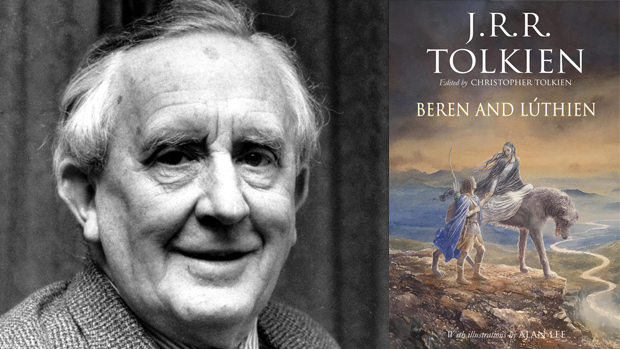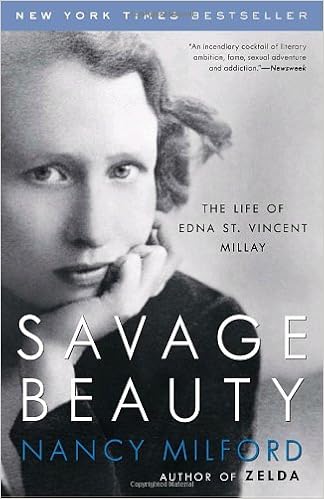The
finalists for the 2016 Governor General’s Literary Awards were announced
today. The shortlist for the fiction
category includes the following:
Yiddish for Pirates by Gary Barwin
Set in the
years around 1492, Yiddish for Pirates recounts the compelling story of Moishe,
a Bar Mitzvah boy who leaves home to join a ship's crew, where he meets Aaron,
the polyglot parrot who becomes his near-constant companion. From a present-day Florida nursing home, this
wisecracking yet poetic bird guides us through a world of pirate ships, Yiddish
jokes and treasure maps. But Inquisition
Spain is a dangerous time to be Jewish and Moishe joins a band of hidden Jews
trying to preserve some forbidden books.
He falls in love with a young woman, Sarah; though they are separated by
circumstance, Moishe's wanderings are motivated as much by their connection as
by his quest for loot and freedom. When all Jews are expelled from Spain,
Moishe travels to the Caribbean with the ambitious Christopher Columbus, a
self-made man who loves his creator.
Moishe eventually becomes a pirate and seeks revenge on the Spanish
while seeking the ultimate booty: the Fountain of Youth.
(This book also appears on the Giller Prize
shortlist.)
The Parcel by Anosh Irani
The novel’s
narrator is Madhu--born a boy, but a eunuch by choice--who has spent most of
her life in a close-knit clan of transgender sex workers in Kamathipura, the
notorious red-light district of Bombay.
Madhu identifies herself as a "hijra"--a person belonging to
the third sex, neither here nor there, man nor woman. Now, at 40, she has moved away from prostitution,
her trade since her teens, and is forced to beg to support the charismatic head
of the hijra clan, Gurumai. One day
Madhu receives a call from Padma Madam, the most feared brothel owner in the
district: a "parcel" has arrived--a young girl from the provinces,
betrayed and trafficked by her aunt--and Madhu must prepare it for its
fate. Despite Madhu's reluctance, she is
forced to take the job by Gurumai. As
Madhu's emotions spiral out of control, her past comes back to haunt her,
threatening to unravel a lifetime's work and identity.
Willem de Kooning’s Paintbrush by Kerry Lee Powell
These
stories range from an island holiday gone wrong to a dive bar on the upswing to
a yuppie mother in a pricey subdivision seeing her worst fears come true and
are populated by barkeeps, good men down on their luck, rebellious teens,
lonely immigrants, dreamers and realists, fools and quiet heroes. Powell explores themes of belonging, the
simmering potential for violence and the meaning of art no matter where it is
found.
(This book also made the longlist of the Giller
Prize and the shortlist of the Rogers Writers’ Trust Fiction Prize.)
Do Not Say We Have Nothing by Madeleine Thien
Thien takes
us inside an extended family in China, showing us the lives of two successive
generations--those who lived through Mao's Cultural Revolution in the
mid-twentieth century; and the children of the survivors, who became the
students protesting in Tiananmen Square in 1989. At the centre of this epic tale, as capacious
and mysterious as life itself, are enigmatic Sparrow, a genius composer who
wishes desperately to create music yet can find truth only in silence; his
mother and aunt, Big Mother Knife and Swirl, survivors with captivating singing
voices and an unbreakable bond; Sparrow's ethereal cousin Zhuli, daughter of
Swirl and storyteller Wen the Dreamer, who as a child witnesses the
denunciation of her parents and as a young woman becomes the target of
denunciations herself; and headstrong, talented Kai, best friend of Sparrow and
Zhuli, and a determinedly successful musician who is a virtuoso at masking his
true self until the day he can hide no longer.
Here, too, is Kai's daughter, the ever-questioning mathematician Marie,
who pieces together the tale of her fractured family in present-day Vancouver,
seeking a fragile meaning in the layers of their collective story.
(This book appears on the Man Booker Prize
shortlist and the Giller Prize shortlist and has also been nominated for the Andrew Carnegie Medal for Excellence in
Fiction. I just finished this book and
will be posting my review tomorrow.)
The Break by Katherena Vermette
When
Stella, a young Métis mother, looks out her window one evening and spots
someone in trouble on the Break ― a barren field on an isolated strip of land
outside her house ― she calls the police to alert them to a possible
crime. In a series of shifting
narratives, people who are connected, both directly and indirectly, with the
victim ― police, family, and friends ― tell their personal stories leading up
to that fateful night. Lou, a social
worker, grapples with the departure of her live-in boyfriend. Cheryl, an artist, mourns the premature death
of her sister Rain. Paulina, a single
mother, struggles to trust her new partner.
Phoenix, a homeless teenager, is released from a youth detention centre.
Officer Scott, a Métis policeman, feels
caught between two worlds as he patrols the city. Through their various
perspectives a larger, more comprehensive story about lives of the residents in
Winnipeg’s North End is exposed.
(This book is also a Rogers Writers’ Trust
Fiction Prize nominee.)
The winner
will be announced on October 25.







![The Witches of New York by [McKay, Ami]](https://images-na.ssl-images-amazon.com/images/I/51RCr77YtyL._SY346_.jpg)




![Tell by [Itani, Frances]](https://images-na.ssl-images-amazon.com/images/I/51REIbJRUwL.jpg)






![The Truth and Other Lies by [Arango, Sascha]](https://images-na.ssl-images-amazon.com/images/I/511OmZRCMeL.jpg)
![Do Not Say We Have Nothing by [Thien, Madeleine]](https://images-na.ssl-images-amazon.com/images/I/51OM7OqgTOL._SY346_.jpg)
